In this article, I discuss how you can use self-disclosure to turn casual relationships into close ones.
In my work as a Calgary psychologist and a Cochrane psychologist, I sometimes have clients whose goal is to have closer relationships. In many instances, these clients already have some interaction with people in ‘casual’ relationships and are seeking to move from the ‘small talk’ of these encounters into closer and more fulfilling relationships with more substantive conversations.
A pivotal step which can take relationships to the next level entails using the principles of self-disclosure. A large body of research indicates that closer relationships tend to feature more self-disclosure and that increased self-disclosure facilitates relationships increasing in feelings of closeness and intimacy. In the following sections, I will discuss how self-disclosure promotes relationship closeness and how you can use this behaviour to increase the closeness of your relationships.
What is self-disclosure?
Self-disclosure entails telling people about yourself. In effect, it is letting people know about you. Its association with relationship closeness results from our being selective regarding those to whom we reveal our inner selves.
There are two types of self-disclosure—descriptive and evaluative. Descriptive self-disclosure involves revealing factual information about yourself (e.g., where you were born, what you did today) whereas evaluative self-disclosure involves revealing how you feel about things in terms of your attitudes, values and emotions (e.g., your favourite restaurant, your political preferences, who you are attracted to).
Depth of self-disclosure
Self-disclosures vary in their depth. This applies to both descriptive and evaluative self-disclosure. For example, a shallow or superficial descriptive self-disclosure would entail telling people where you were born or your astrological sign while a deep descriptive self-disclosure would involve telling someone that you were abused when you were young. Shallow evaluative self-disclosures include stating your preferences in restaurants or cars while deeper evaluative self-disclosures involve revealing your attitudes toward religion and politics or telling a relationship partner that you love them.
Depth of self-disclosure and relationship closeness
Research consistently shows that relationships which have deeper self-disclosure-–both descriptive and evaluative—are closer than those which feature self-disclosure which is predominantly shallow or superficial. In addition, as relationships shift from shallow to deeper in self-disclosure, closeness and intimacy tend to increase.
This increases in closeness occurs in a gradual manner much like the peeling of an onion or an apple. That is, relationships begin with low levels of closeness and are dominated by superficial self-disclosure, then over time will often move toward moderately deep self-disclosure associated with closer relationships, and finally over time deep self-disclosures may eventually occur which result in very close relationships.
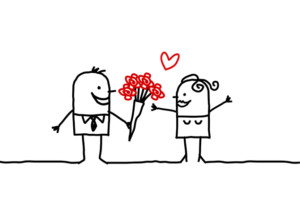
How to use self-disclosure to increase relationship closeness
You can use self-disclosure principles to increase the closeness of your relationships. The first step is to identify relationships you would like to increase in closeness and schedule interactions which will allow for self-disclosure to occur such as going for coffee, lunch or dinner.
One way you can facilitate self-disclosure occurring at these meetings by asking the person about themselves. To increase the depth of self-disclosure in order to increase closeness, you could ask the person a question to facilitate descriptive or evaluative self-disclosure at a slightly greater depth than has occurred to that point in your interactions with them. If they respond with such a self-disclosure, your relationship is likely to increase in closeness.
You can also facilitate self-disclosures of increased depth by disclosing about yourself to the other person. If you have already disclosed at a superficial level, you could try disclosing at a slightly greater depth with either a descriptive or an evaluative self-disclosure. Doing so will often lead the other person to respond with a corresponding self-disclosure of slightly greater depth because of the principle of reciprocity of self-disclosure. This also should result in your relationship increasing in closeness compared with before the reciprocal self-disclosures of slightly greater depth were made.
A word of caution: Focus on gradual increases in depth of self-disclosure
When you are moving toward increasing the closeness of a relationship through increasing depth of self-disclosure, ensure that the increases in depth of self-disclosures which you make or facilitate are gradual. Abrupt changes in depth of self-disclosure are often viewed as inappropriate and lead the other person to be uncomfortable. This reaction occurs whether the abrupt changes come in the form of your disclosing something too intimate to them or by your asking them a very personal question before the two of you have gotten to know each other well.
In other words, increases in closeness of a relationship through self-disclosure occur gradually and cannot be rushed by making or asking for deep self-disclosures too soon. However, if you are patient with the gradual increase in closeness facilitated by self-disclosures which gradually increase in depth over time, you will ultimately reap the benefits of close relationships in which deep self-disclosures are a primary feature.
May you use the principles of self-disclosure to take your relationships to a closer level,
Dr. Pat

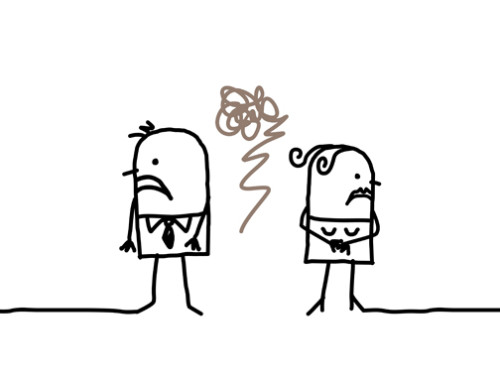
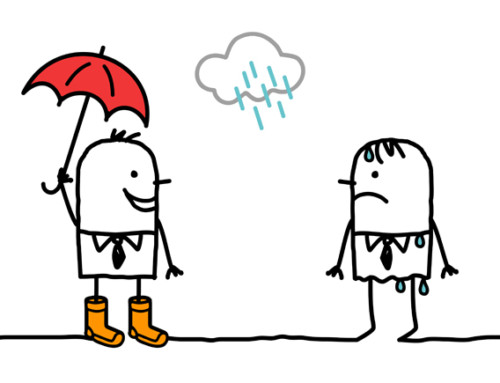
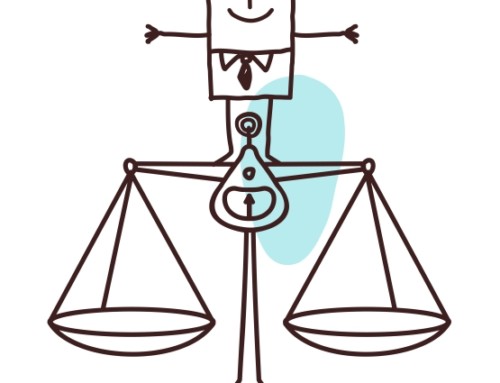
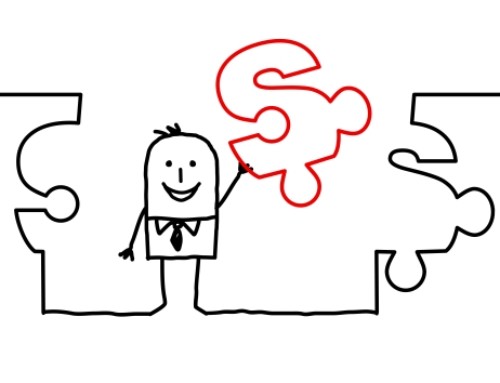
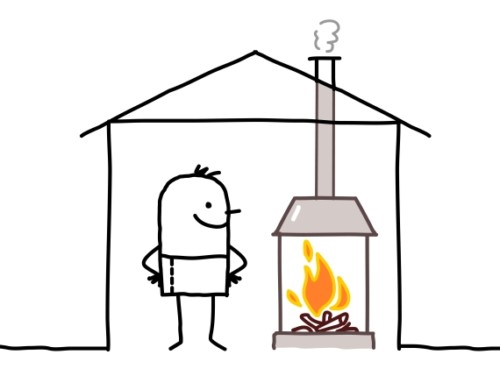
Leave A Comment